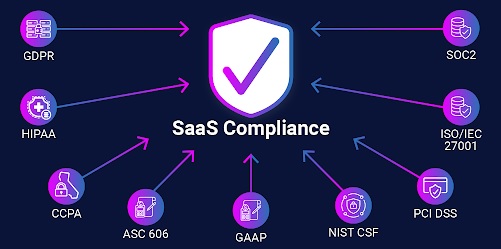
Streaming platforms have disrupted traditional broadcast and cable television, transforming how we consume content. From Netflix to emerging players like Disney+, Amazon Prime Video, HBO Max, Apple TV+, and Peacock, each service offers unique advantages and disadvantages in the ever-evolving battleground of the streaming wars. Let us analyze the key features, strategies, and implications shaping this dynamic landscape.
Market Share Analysis:
Netflix remains the dominant force in the industry, boasting over 200 million subscribers worldwide. However, competitors are rapidly gaining traction: Disney+ surpassed 100 million subscribers within just sixteen months; Amazon Prime Video claims approximately 150 million members; HBO Max reported 47 million activations; Apple TV+ reached 40 million global viewers; and NBCUniversal’s Peacock amassed around 33 million signups.

Original Programming Strategies:
Each platform invests heavily in exclusive content to lure audiences:
- Netflix focuses on creating critically acclaimed series (“Stranger Things,” “The Crown”) and films (“Roma,” “Marriage Story”), catering to diverse tastes with international productions and adult animation.
- Disney+ builds upon beloved franchises, launching Marvel Cinematic Universe spinoffs (“WandaVision,” “Loki”) and Star Wars shows (“The Mandalorian”).
- Amazon Prime Video differentiates itself by acquiring award-winning titles (“Fleabag,” “The Boys”) alongside sports rights (NFL Thursday Night Football).
- HBO Max aims for prestige appeal, reviving cult favorites (“Gossip Girl,” “Doom Patrol”) and producing high-budget originals (“Lovecraft Country,” “House of the Dragon”).
- Apple TV+ bets on star power, attracting talent like Oprah Winfrey, Steven Spielberg, and Tom Hanks for original projects.
- Peacock combines licensed content with exclusive originals featuring popular IPs (“Saved by the Bell,” “Bel-Air”).
Pricing Models & Binge-Watching Habits:
Monthly fees range from $4.99 (Apple TV+) to $19.99 (ad-free HBO Max), allowing consumers to tailor choices according to budget and viewing habits. Most platforms offer ad-supported tiers or bundle deals with other services (Disney+, ESPN+, and Hulu package starts at $13.99).
Studies reveal that 67% of millennials prefer watching entire seasons at once, driving demand for all-you-can-consume libraries. Simultaneous release schedules encourage binge-viewing, enhancing audience engagement and word-of-mouth promotion.
Consumer Preferences & Loyalty Factors:
Viewer loyalty depends on several elements, such as content variety, user interface, affordability, and device compatibility. Original content exclusives remain paramount, yet convenience and value play significant roles too. For instance, households already paying for Amazon Prime might choose Prime Video despite having alternatives since it doesn’t require additional costs.
Future Predictions:
As competition intensifies, expect consolidation, innovation, and price adjustments. Collaborative partnerships could form, enabling cross-platform content sharing—similar to Amazon adding IMDb TV (now Freevee) shows onto Prime Video. Mergers and acquisitions might occur, reshuffling the competitive hierarchy. Ultimately, providers will need to balance cost, content, and customer experience to secure lasting success in the era of streaming wars.




